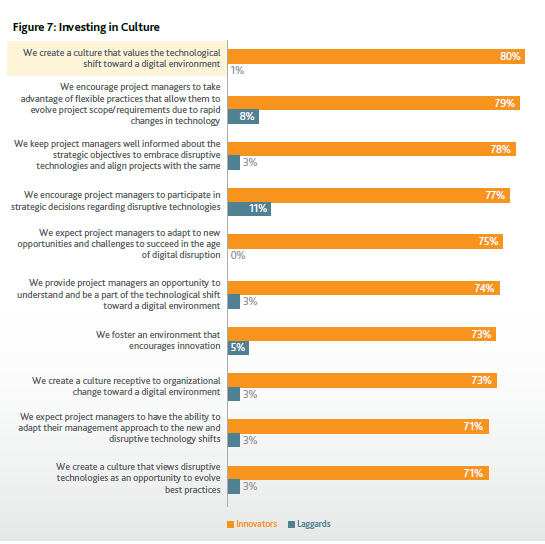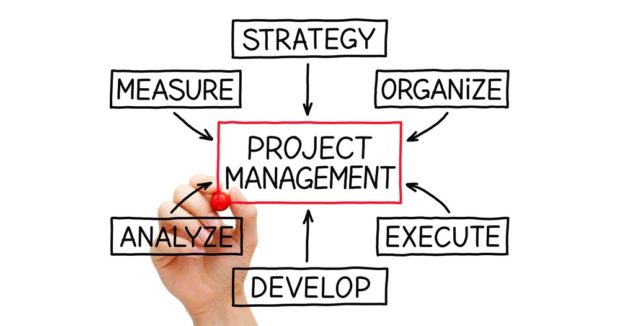Every March around the country the attention of the sports world turns to basketball. March Madness has provided some of the most memorable moments in the world of sports including NC State coach Jim Valvano celebrating on the court with his team after upsetting the favored University of Houston to win a national championship. On Thursday the NCAA Men’s Basketball tournament continues with the Sweet Sixteen vying for a spot in the Elite Eight and finally the opportunity to compete in Minneapolis for an opportunity to play in the Final Four and cut down the nets as National Champions.
The stars of the tournament stand out through last minute buzzer beaters and crazy blocked shots. While the results and performance on the court will stand out and be remembered, decisions which shaped the teams in the tournament are varied and years in the making. A complex series of decisions must be by the staff. Coaches must make their recruiting class strong to complete their roster for game day decisions. Once players are with the staff must decide how to use players in the most effective ways with their different skill sets.
Beyond the impressive baskets which live on in highlight reels are a series of complex decisions that shape the core of the team involving which players are on the court during important times. The major actions which set up great stat lines include conditioning and focusing on making the simple actions stand out.
Before any major on the court play can occur the structures and support need to be in place to ensure players can play at the highest level. Great coaches can create situations where good players become great players and average players become good overperforming what many would expect of them.
Sports provides valuable insights and life lessons which is much greater than the outcome of a game including how to manage a team, how to play beyond your resources, and a great opportunity for young people to gain leadership skills. Many skills from the sports world mirror difficult situations in business including dealing with adversity, working together on projects managed by a holistic team, and accomplishing tasks above and beyond expectations. Coaches and players need to work together to accomplish little goals in order to strengthen their team and to stand out and win. These ideas can be transformed from the court and into the business world with practice and understanding, by focusing on the small goals a much better final product can be produced.
While the big games pop up on your tv screen this weekend keep in mind how many little decisions made the teams who they are. If sports can teach you one thing it is to focus on the simple things and acknowledge what you do right in order to improve your overall work. Everyone can learn and improve by focusing on the simple things and staying on target and staying focused. Mapping out a series of steps to accomplish your goals, reward yourself and your team for accomplishing steps, and constantly seeking feedback is the way to construct a successful basketball team as well as improving projects within your own professional and personal life.



